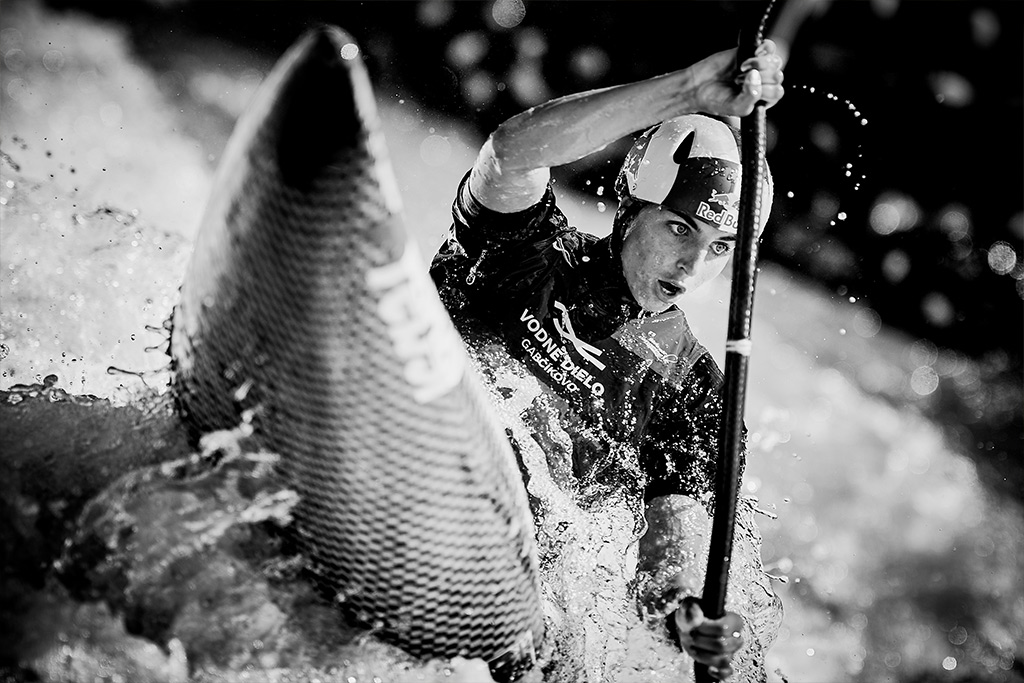Creativity and innovation happen when there is an inversion of what came before. An inversion of the status quo. Think of the great artists and musicians of our time. They dare to break the rules and go against the current standard to create new ones and the results are compelling. Inversion is the key to innovative thinking and is also a particularly useful problem-solving technique when used in the workplace.
By thinking of the opposite of what you want, you can identify important elements that aren’t immediately obvious. When you use inversion, you ask questions like “what if the opposite was true?” or “what if I focused on a different side of this situation or achieved the worst possible outcome?” By going through this thought process, you can gain valuable insights about what the potential mistakes, errors and challenges are that you might come across and what you can do to avoid them. In fact, you can learn just as much from identifying what doesn’t work as you can from identifying what does.
In his book The First 20 Hours, Josh Kaufman illustrates the effectiveness of inversion as a skill-learning exercise, using the example of white water rafting. By considering all the things that could go wrong, you can flag the skills you need that wouldn’t otherwise have been obvious. Some possible negative scenarios could be;
- I’d flip upside down
- I’d flood the kayak, causing it to sink or swamp, losing complete control of it
- Id lose my paddle eliminating manoeuvrability
- Id hit my head on a rock
- I’d eject from the kayak when it hit a rocky patch, get stuck in the river and not be able to get out
In this instance, the worst-case scenario is that all these things happen at once. It’s a negative line of thought, and it is counterintuitive, but you have been able to identify some key kayaking skills to master before hitting a raging river. Namely;
- Learn to roll the kayak right side up if it flips, without ejecting
- Learn to prevent swamping the kayak if ejecting is necessary
- Learn to avoid losing a paddle in rough water
- Learn the safety precautions when passing rocky sections
- Scout the river before the run to avoid dangerous river features entirely
Using Inversion in the workplace
Inversion can prove useful in the workplace. “Kill the company” is a strategy often used in forward-thinking organisations as a way of seeing how failure might occur, in an effort to avoid it. Here’s how it works;
Thinking of an important project you are working on, fast forward a year from now and imagine the project has been an epic failure.
Now, piece together a story of what went wrong. What mistakes were made, what opportunities overlooked? By beginning each project with the question “what could cause this to go horribly wrong?” you can identify potential hazards and figure out how to actively avoid them.
Inversion is a useful tool for leaders who want to find ways to improve the productivity of their team. Instead of focussing on how to improve productivity, ask the question “what if I wanted to decrease the focus of my employees? How can they become more distracted?” The answer to that question may help highlight distractions and interruptions that currently exist that you can get rid of to free up more time immediately.
When companies have innovation as a goal they could ask the question “how could we become less innovative?” This line of thought is a powerful way of identifying and therefore eliminating the barriers to creativity and innovation. Similarly, you could ask “how could we repel our customers or get them to disengage from our product/ brand?” This line of thinking can reveal important and surprising insights into the things you need to avoid in order to move closer to success.
In the aim of improving your leadership skills, ask yourself “what would someone do each day if they were a bad leader?” and then avoid those things. Put this question out to your staff and see what they come back with and again, do what you can to avoid them. It is sometimes more insightful than asking “what makes a great leader”.
The amazing thing about inversion is that it can be a more successful strategy than simply blindly chasing success. If you just pursue success without considering the potential challenges along the way, you can be faced with terrible consequences and failures and be ill-prepared for obstacles. By shifting your focus to the avoidance of road blocks and obstacles, you are better prepared and know what to avoid or eliminate to reach your goals. It’s a less risky and well-calculated approach. Inversion is not about finding good advice, but rather about finding anti-advice. It teaches you what to avoid.
Could your leadership team benefit from one of my tailored workshops? Please get in touch today. I’d love to help!
